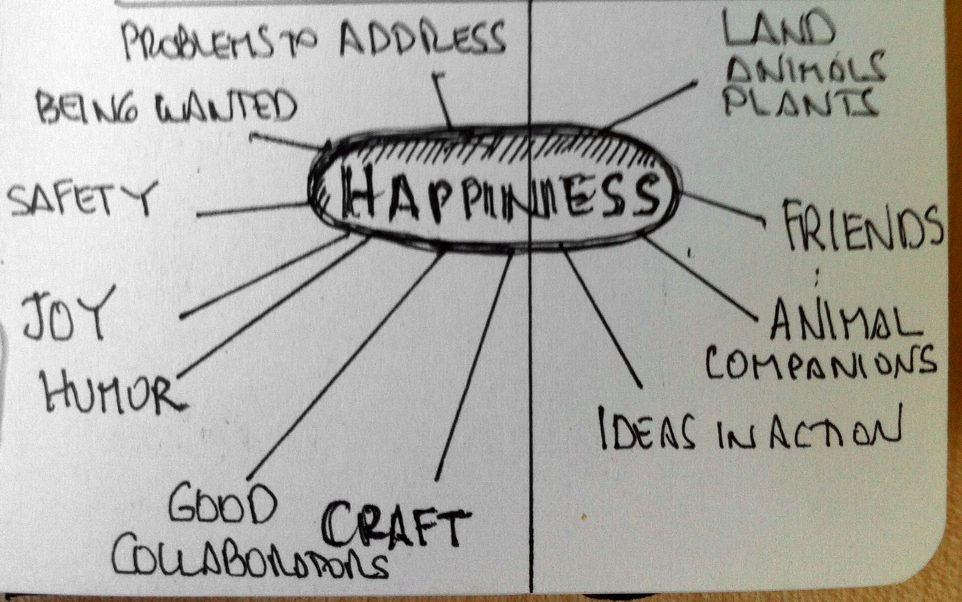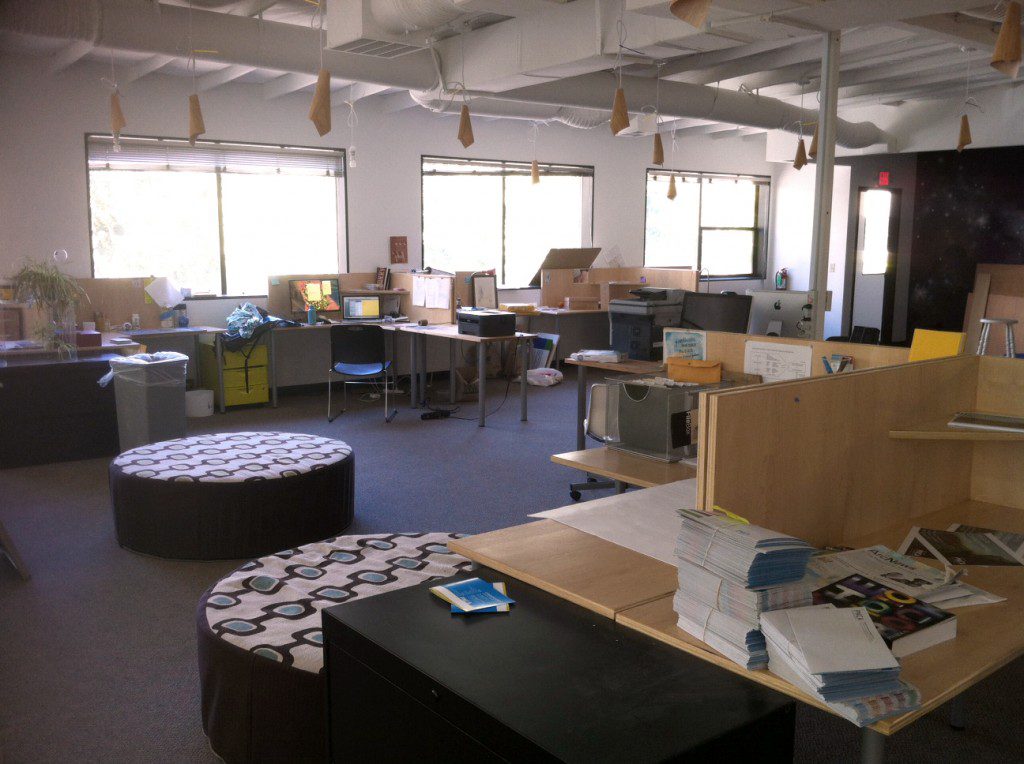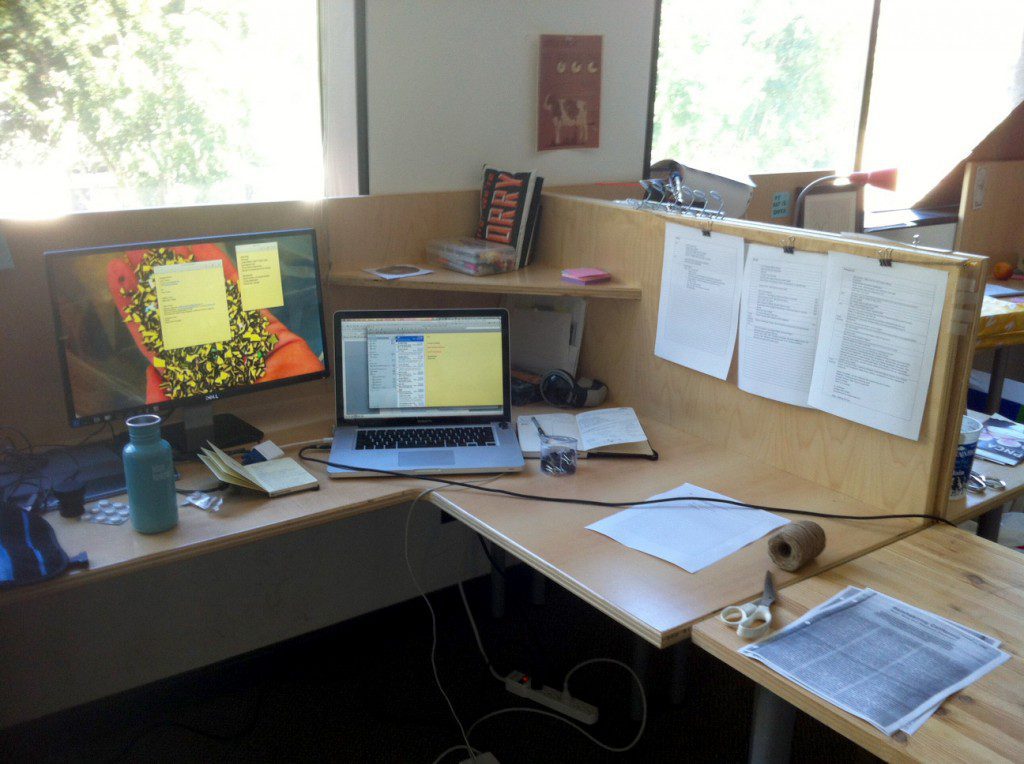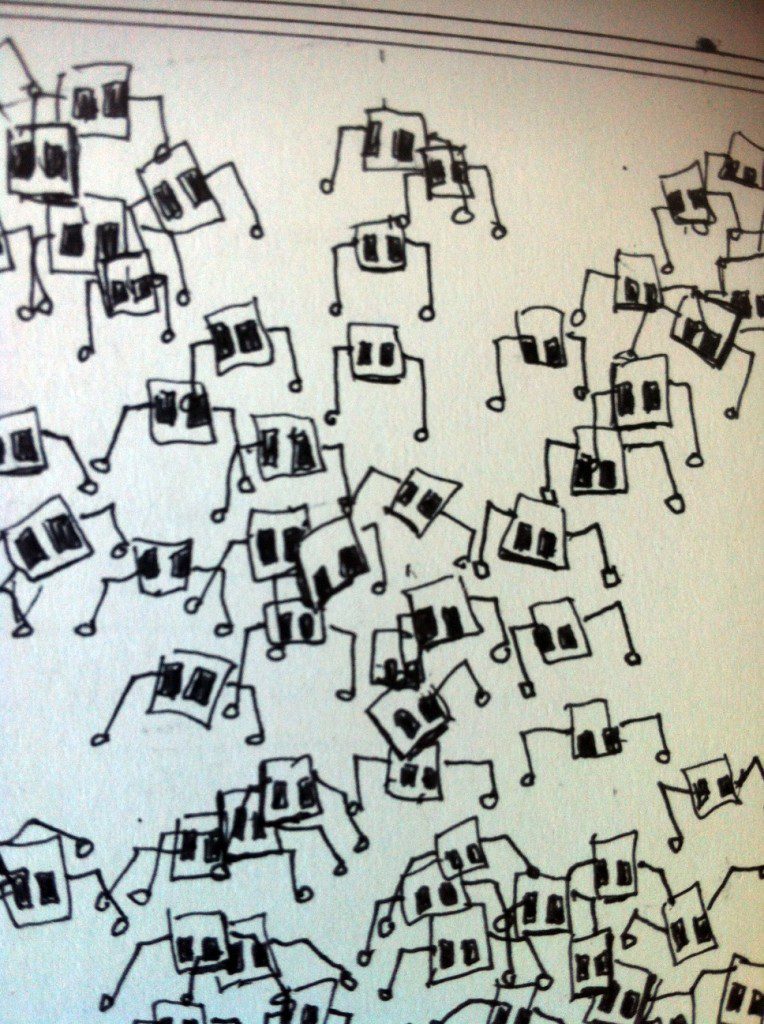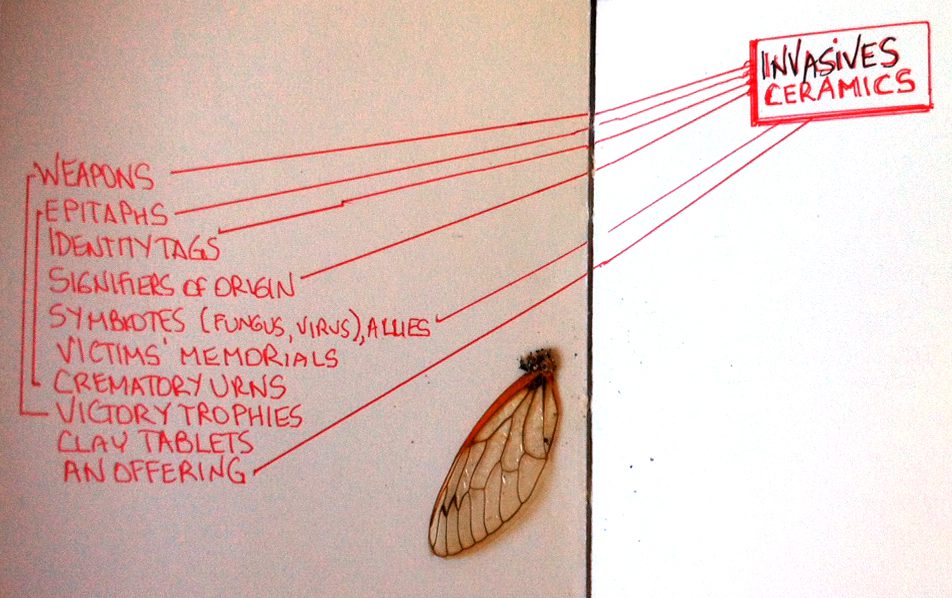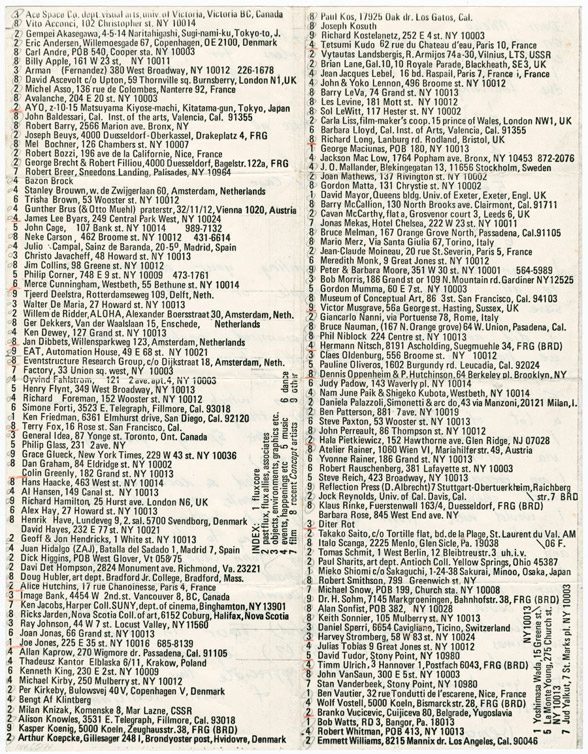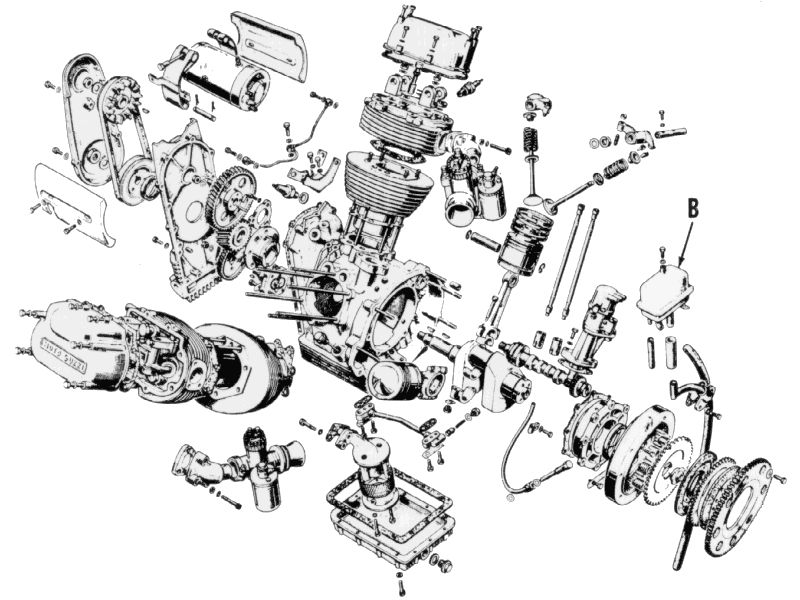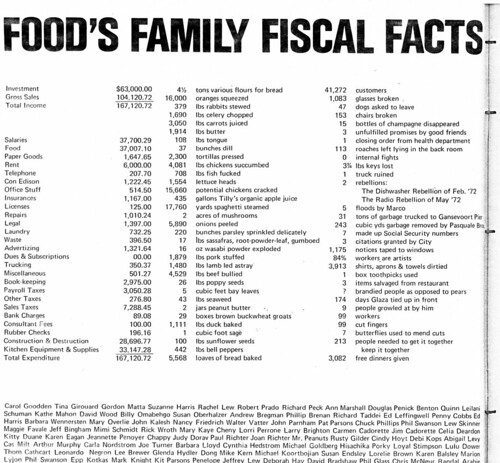Research Journal
-
-
July 26, 2013
PDX.
I’m starting a new project based in Portland Oregon as part of a 3 year Research Fellowship at PNCA, in the Collaborative Design department.
Here’re my new temporary digs:
I have a lot of reading and research lined up, thanks to my formal and informal mentors Peter Schoonmaker, Kimberlee Chambers, and David Johns as well as friends and colleagues back home:
And a lot of doodles and hunches have accumulated.
-
May 16, 2013
The African Clawed Frog is Queen
Tags:“Frog Once Used in Pregnancy Tests Spread Deadly Fungus”
A species of frog that was used from the 1930s to the 1950s in human pregnancy tests is a carrier of a deadly amphibian disease that is now threatening hundreds of other species of frogs and salamanders.
… The pathogen the frogs are spreading is a fungus called Batrachochytrium dendrobatidis, or Bd. It has led to the recent decline or extinction of 200 frog species worldwide, the researchers report. Researchers in 2004 found Bd in a museum specimen of an African clawed frog that dated to 1934. But the frog itself appears to be unaffected by the fungus.
“Evolution has run its course,” Dr. Vredenburg said. “The species probably at some point suffered, but the survivors have figured out ways to survive.”
For other species, the pathogen is “the worst disease in vertebrate history,” Dr. Vredenburg said. The disease infects the skin of frogs and salamanders and causes it to thicken 40 times greater than normal, Dr. Vredenburg said. Within a couple of weeks, the disease causes an electrolyte imbalance and the amphibians die of heart attacks, he said.
…Thousands of African clawed frogs were shipped from South Africa to labs and hospitals around the world before the middle of the 20th century. In those days, some pregnancy tests involved injecting a woman’s urine into a female frog. If the frog began ovulating within about 10 hours, there was a high likelihood that the woman was pregnant.
The frogs are no longer imported to the United States for pregnancy testing, though they are still used for scientific research.
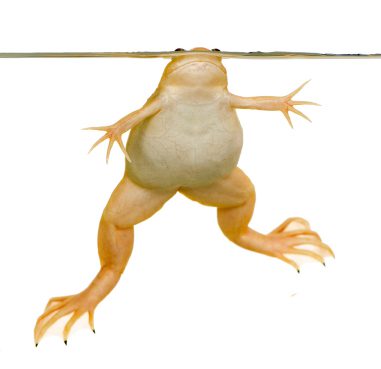
African Clawed Frog female -
-
May 12, 2013
Goodbye cows, hello tube meat.
Tags:These days, very little would make me happier than to get on the train that asks Americans to reconceive their relationship to beef, by removing the cow at the end of the line. Just NOW on the NYT site, “Engineering the $325,000 Burger.”
The idea of creating meat in a laboratory — actual animal tissue, not a substitute made from soybeans or other protein sources — has been around for decades. The arguments in favor of it are many, covering both animal welfare and environmental issues.
…Yet growing meat in the laboratory has proved difficult and devilishly expensive. Dr. Post, who knows as much about the subject as anybody, has repeatedly postponed the hamburger cook-off, which was originally expected to take place in November. His burger consists of about 20,000 thin strips of cultured muscle tissue. Dr. Post, who has conducted some informal taste tests, said that even without any fat, the tissue “tastes reasonably good.” For the London event he plans to add only salt and pepper.But the meat is produced with materials — including fetal calf serum, used as a medium in which to grow the cells — that eventually would have to be replaced by similar materials of non-animal origin. And the burger was created at phenomenal cost — 250,000 euros, or about $325,000, provided by a donor who so far has remained anonymous. Large-scale manufacturing of cultured meat that could sit side-by-side with conventional meat in a supermarket and compete with it in price is at the very least a long way off.“This is still an early-stage technology,” said Neil Stephens, a social scientist at Cardiff University in Wales who has long studied the development of what is also sometimes referred to as “shmeat.” “There’s still a huge number of things they need to learn.”
– Engineering the $325,000 Burger, Henry Fountain, New York Times
Shmeat is an unfortunate moniker – a portmanteau of shit n meat.
I dream of ways to reimagine America without our beloved cow/cowboy, and start shifting the paradigms now to embrace the tube meat when it’s ready for prime-time.
-
May 11, 2013
Landscape as con art
Tags:
In Hunan Province, a boulder was placed outside a government building to create better feng shui for superstitious civil servants. – Gilles Sabrie for The New York Times NYT Article on employing feng shui around public spaces as manifest obfuscations in Chinese gov’t corruption coverups.
-
May 5, 2013
4 methods
Tags:I am trying to clean out my email inbox. fun.
but i came across a note from Greg Borenstein, about a blog post he’d made on a talk by Graham Harman
and I’d transcribed Harman’s “four methods for reversing common errors in failing to see objects,” and it’s worth highlighting here, albeit sloppily –
A way to test things:
A. Counter-factualize: New context, absurd transposition
B. Hyperbolize: If one were king of the universe, where would I need help?
C. Pseudo Objectify: Can you use it as a model, emulate or parody it? Style or front *is* the whole; forget about its pieces
D. Falsification: Can you disassemble the object, “reduce it to a set?” remove the parts from ay unifying whole. Falsify or trouble the whole, accidents do this well
“I’m not seeing enough evidence of people allowing their political positions to be falsified.”
-
February 22, 2013
Hauntings + Enchantments
Tags:Of Haunting.
In Jane Bennett’s introduction to her book The Enchantment of Modern Day Life, she writes:
This book tells a story of contemporary life that accentuates its moments of enchantment and explores the possibility that the affective force of those moments might be deployed to propel ethical generosity. It claims both that the contemporary world retains the power to enchant humans and that humans can cultivate themselves so as to experience more of that effect. Enchantment is something that we encounter, that hits us, but it is also a comportment that can be fostered through deliberate strategies. One of those strategies might be to give greater expression to the sense of play, another to hone sensory receptivity to the marvelous specificity of things. Yet another way to enhance the enchantment effect is to resist the story of the disenchantment of modernity.
For that story has itself contributed to the condition it describes. Its rhetorical power has real effects. The depiction of nature and culture as orders no longer capable of inspiring deep attachment inflects the self as a creature of loss… While I agree that there are plenty of aspects of contemporary life that fit the disenchantment story, I also think there is enough evidence of everyday enchantment to warrant the telling of an alter-tale. Such sites of enchantment today include, for example, the discovery of sophisticated modes of communication among nonhumans, the strange agency of physical systems at far-from-equilibrium states, and the animation of objects by video technologies–an animation whose effects are not fully captured by the idea of “commodity fetishism.”
To be enchanted is to be struck and shaken by the extraordinary that lives amid the familiar and the everyday. Starting from the assumption that the world has become neither inert nor devoid of surprise but continues to inspire deep and powerful attachments, I tell a tale designed to render that attachment more palpable and audible. If popular psychological wisdom has it that you have to love yourself before you can love another, my story suggests that you have to love life before you can care about anything. The wager is that, to some small but irreducible extent, one must be enamored with existence and occasionally even enchanted in the face of it in order to be capable of donating some of one’s scarce mortal resources to the service of others.
-
February 13, 2013
Latour Litanizer; collusions waiting to happen or already in progress
Tags:From Ian Bogost:
I use “ontography” in a different way than Harman does in the forthcoming L’Object Quadruple: by ontography, I mean the techniques that reveal objects’ existence and relation.
There is an automated “litanizer” he created using Wikipedia’s random page API on the post here.
Here are a few I generated and liked:
Up the Long Ladder, Drumming out, A Nice Place to Visit, Thomas Lamont
Suhua Highway, Erie Airport, Joseph Carlebach, WOBO,Michael Noonan (linguist), List of national vegetation classification systems
The branched palmyra tree, Claude-François Lysarde de Radonvilliers, Albert Sala, William Walker (engraver born 1791), FK Železničar, WGPL, Lexington
Splint (medicine), Nick Morris, Piazza del Campo, West Smithfield, North Carolina, Co-promotion, Raise (Lake District), Arthroschista, Port of Portland (Oregon)
